Save your skin year-round from sun damage. Photo: Getty Images
When my doctor recommended I soak up some sun after discovering my vitamin D levels were dangerously low, I thought to myself: Am I slathering on too much sunscreen?
I'll admit that I've become quite obsessive about skin cancer prevention after meeting a twenty-something melanoma survivor last winter. But I wasn't about to skimp out on my sunscreen because this season has fewer patches of sunshine.
"Don’t be misled by the dropping temperature," warns Dr. Bruce E. Katz, director of the JUVA Skin & Laser Center in New York. "The sun’s harmful rays are just as strong and damaging despite what your thermometer says -- particularly the UVA rays which are responsible for aging skin. UVA radiation reaches deeper into the skin and contributes to wrinkles and skin cancer risk. Nearly all (95 percent) of the UV radiation that we are exposed to is UVA."
Dr. Alex A. Khadavi, founder of Advanced Skin & Hair adds, "Reflection of radiation from snow requires aggressive sunscreen protection, maybe even more than summertime as individuals participate in snow activities like skiing and snowboarding. Almost 80 percent of UV radiation is reflected from snow while only 25 percent from sand."
Read on for five more need-to-know tips on how to protect your skin from winter sun damage.
Reconsider physical sunscreen. While this type of sunblock -- which contains Zinc Oxide and Titanium Dioxide -- may be messy to apply, it offers the best year-round protection. "They provide better broad spectrum coverage as compared to chemical-based sunscreen which are usually either UVB or UVA blockers," says Dr. Khadavi. "Additionally, physical blockers work for a longer period of time giving longer coverage requiring less re-application. They are also less irritating than chemical blockers."
Beware of suncreen's archenemy: sweat. "Many think that simply applying your daily SPF moisturizer once in the morning is sufficient for a day’s worth of coverage. If you are outdoors and bundled up your skin still sweats and SPF needs to be reapplied throughout the day," says Dr. Katz. Continuously smooth on a naturally healing and moisturizing sunblock with a minimum of SPF 30, making sure that it has fully absorbed into skin.
Those may not be just any old spots. "Freckles, age spots, spider veins on the face, rough and leathery skin, fine wrinkles that disappear when stretched, loose skin, a blotchy complexion, and actinic keratoses (thick wart-like, rough, reddish patches of skin) can all be traced to sun exposure. The sun also attacks the skin’s elastin, weakening the skin from springing back, and causing wrinkled and leathery skin," says Dr. Katz. "During the winter, look out for any rough, red skin, an increase in moles and broken blood vessels on the face to detect sun damage. Also be aware any cuts or bruises on your skin that are not healing as this may be an early sign of skin cancer."
Protect your pucker. Windburn lips can be a pain, but to prevent this apply a petroleum-infused lip balm with SPF.
Enhance your sun protection with the right foods. "In general, fruits and vegetables are foods high in antioxidants and help us fight free radicals and sun damage, while foods such as meat, dairy products, simple carbohydrates, sugar and processed foods cause inflammation and can contribute to making sun damage worse," says Dr. Katz.
According to Dr. Khadavi, foods like leafy greens, peppers, squash, watermelon, blueberries and tomatoes that rich in vitamin C and the antoxidants carotenoids and lycopenes can help prevent sun damage.
Meanwhile, check out the solutions to eight cold-weather skin and hair bummers.
BEAUTY RELATED LINKS YOU MAY LOVE:
Deck the Halls With a Candy Cane Manicure - BellaSugar
Have You Seen Lady Gaga's Bejeweled Nail Tips? - Glamour
31 New Holiday Party Hair Ideas - Allure
10 Hairstyles That Are Always In Style - InStyle